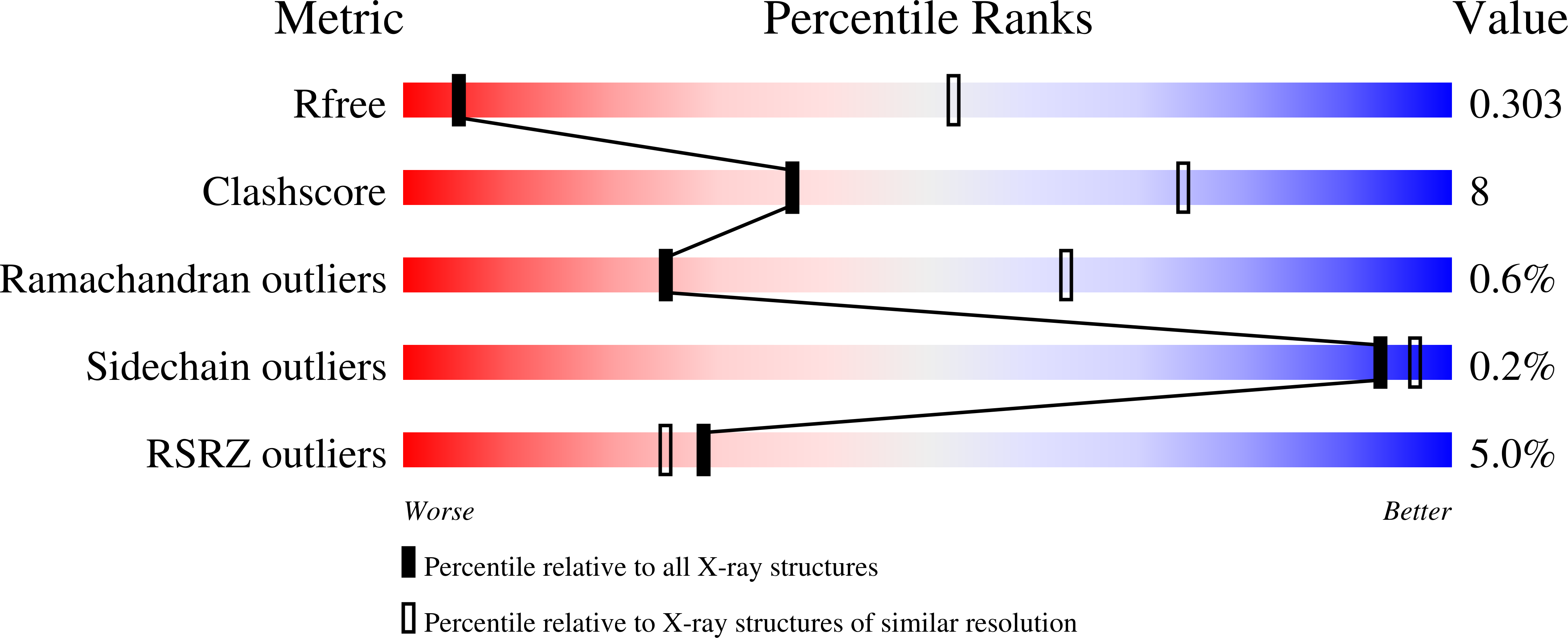
Deposition Date
2023-02-15
Release Date
2024-01-10
Last Version Date
2024-01-31
Entry Detail
Biological Source:
Source Organism:
Human alphaherpesvirus 1 strain 17 (Taxon ID: 10299)
Host Organism:
Method Details:
Experimental Method:
Resolution:
3.92 Å
R-Value Free:
0.30
R-Value Work:
0.25
R-Value Observed:
0.25
Space Group:
C 1 2 1


